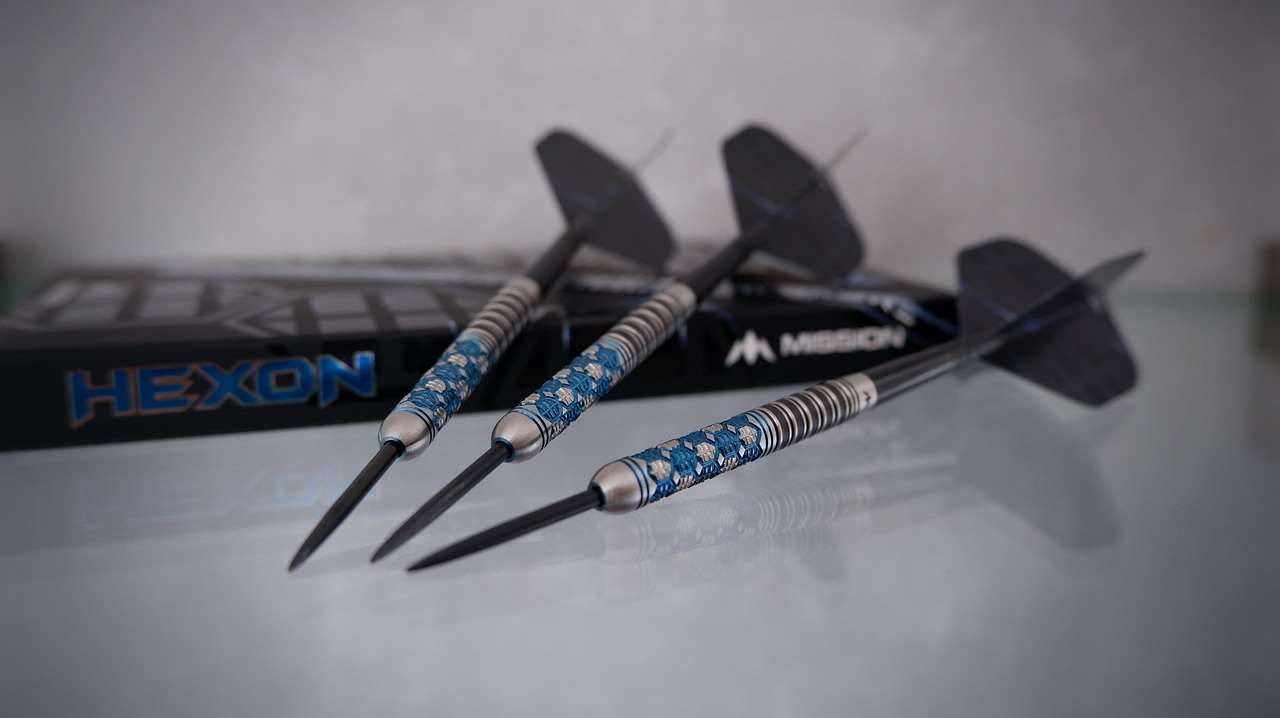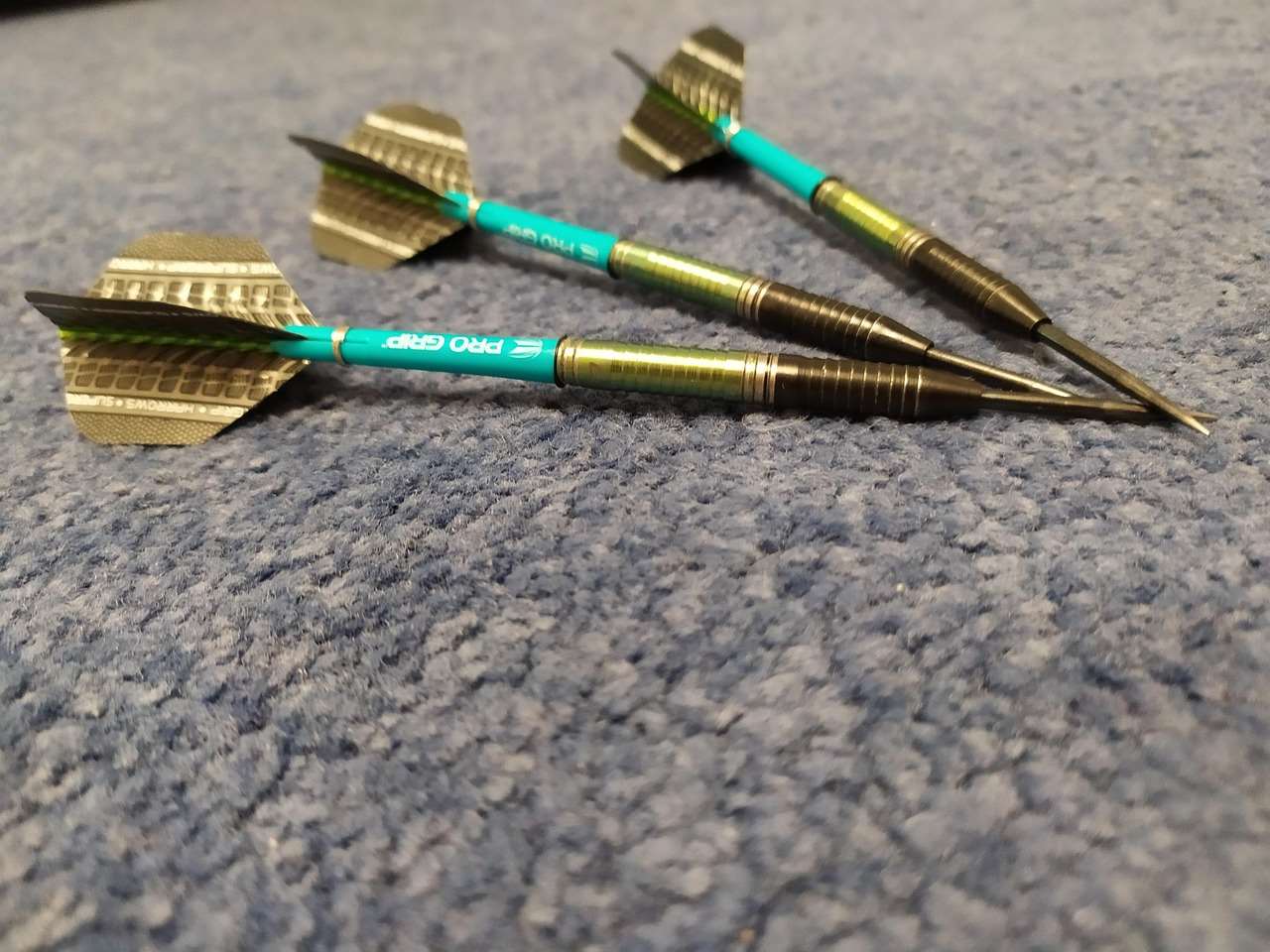Mastering darts finishing is the key to consistent wins; it’s all about knowing which combinations to aim for and how to execute them under pressure. This article will break down the essential strategies and techniques for successful checkout in darts, covering everything from common darts checkout charts to advanced psychological tips.
⚠️ Still Using Pen & Paper (or a Chalkboard)?! ⚠️
Step into the future! The Dart Counter App handles all the scoring, suggests checkouts, and tracks your stats automatically. It's easier than you think!
Try the Smart Dart Counter App FREE!Ready for an upgrade? Click above!
The Art of Darts Finishing: A Comprehensive Guide
Darts finishing, also known as checkout, is arguably the most crucial aspect of the game. You can score big all day long, but if you can’t close out a leg, you’re not going to win. This guide will equip you with the knowledge and strategies to become a more confident and effective finisher. We’ll explore common checkout combinations, discuss the psychology of finishing, and provide practical tips to improve your darts checkout percentage.
Ultimately, darts finishing is all about minimizing your remaining score to a number that can be checked out within a few darts. This often involves planning several moves ahead and being adaptable to changing circumstances on the board.

Understanding Common Darts Finishing Combinations
Familiarizing yourself with common checkout combinations is fundamental. Many players rely on specific routes that they’ve memorized and practiced extensively. A good starting point is learning how to checkout from scores between 170 and 40.
The Magic of 170 (T20, T20, Bullseye)
The highest possible checkout, 170, is achieved by hitting two treble 20s followed by a bullseye. While rare, knowing this combination is essential.
167-161: Tricky High Finishes
These finishes require a treble 20 followed by specific combinations to leave a manageable double. For example, 167 is T20, T19, Bull.
The Bread and Butter: 100-41 Finishes
These are the most frequently encountered checkouts. Focus on mastering combinations like:
- 100: T20, D20
- 81: T17, D15
- 60: T20, D.
- 50: Bull
- 40: D20
Using a darts oche strip can help visualize distances when lining up the perfect shot.
Why Double-Out Matters
In most professional darts formats, you must finish on a double. This adds a layer of complexity to darts finishing strategy, as you need to be mindful of leaving yourself an odd number, which cannot be checked out on a double.

Developing Your Darts Finishing Strategy
Having a strategic approach to darts finishing is just as important as knowing the combinations. Here are some key considerations:
Planning Ahead: Leaving a Manageable Double
Always consider your next dart. If you can’t checkout with your current throw, aim to leave yourself a manageable double. Avoid leaving scores like 16, 8, or 4, which are all on the same segment as the 20 and can lead to accidental busts.
Calculating Odds and Probabilities
Experienced players often calculate the probabilities of hitting certain targets and adjust their strategy accordingly. For example, if you need a 32 (D16) and you are not confident in hitting it, leaving yourself a D8 or D4 by aiming low on the D16 might be a better option.
Adapting to the Situation
Darts is a dynamic game. You need to be able to adapt your checkout strategy based on how you are throwing and what your opponent is doing. If you are struggling with treble 20s, you might need to adjust your strategy to leave yourself a different checkout.
The Importance of Practice
There’s no substitute for practice. Dedicate time to practicing your darts finishing combinations under pressure. Use a mission darts stance that allows you to throw consistently to increase your accuracy and confidence.
Remember that even the best players miss doubles. Don’t get discouraged; simply learn from your mistakes and keep practicing. Consider using a Practice darts app with scoring to track your progress.

The Psychology of Darts Finishing
Darts finishing is not just about mathematics; it’s also about psychology. The pressure of closing out a leg can significantly impact your performance. Mastering the mental aspect is crucial for consistent darts finishing.
Staying Calm Under Pressure
Learn techniques to manage your nerves and stay calm when facing a crucial checkout. Deep breathing exercises and positive self-talk can be helpful.
Visualizing Success
Before each throw, visualize the dart hitting the target. This can help you focus and build confidence.
Dealing with Missed Doubles
Missing a double is inevitable. Don’t dwell on it. Acknowledge the mistake, learn from it, and move on to the next dart. Avoid getting angry or frustrated, as this can negatively impact your subsequent throws.
Confidence is Key
Believe in your ability to checkout. Confidence can make a significant difference in your performance. Remind yourself of your past successes and focus on your strengths. If you do not have a dartboard, understanding how dartboards are made, and the process of getting one, can help increase confidence.

Tools and Resources for Improving Your Darts Finishing
Several tools and resources can help you improve your darts finishing:
- Checkout Charts: Use a darts checkout chart to quickly identify common combinations.
- Darts Scoring Apps: Utilize darts scoring apps to track your progress and identify areas for improvement. These apps often include features for practicing specific checkout combinations.
- Online Resources: Explore online forums and websites dedicated to darts strategy and technique.
- Professional Coaching: Consider seeking guidance from a professional darts coach.
Advanced Darts Finishing Techniques
Once you’ve mastered the basics, you can explore more advanced darts finishing techniques:
Switching Darts
Some players will switch to lighter or heavier darts when they are on a checkout. This can be a risky strategy, but it can also be effective if you are more comfortable with a different dart for doubles.
The “Setup” Dart
Instead of going for the bullseye directly, some players will deliberately leave themselves a smaller double like D16 or D8. This can be a good strategy if you are struggling with the bullseye or if you want to play it safe.
Playing the Board
Understanding the layout of the dartboard and how different segments relate to each other is crucial for advanced darts finishing. Knowing which segments are adjacent to the ones you are aiming for can help you avoid busts and leave yourself a manageable double.

Putting It All Together: From Practice to Performance
Improving your darts finishing takes time, dedication, and consistent practice. Start by mastering the common checkout combinations and then gradually incorporate more advanced strategies. Remember to stay calm under pressure, visualize success, and learn from your mistakes. By combining a solid understanding of the mathematics of darts finishing with a strong mental game, you can significantly improve your performance and become a more consistent winner. Always keep in mind darts toernooien 2022 belgië when planning for the future. It can serve as motivation.
Conclusion
Mastering darts finishing is an ongoing process that requires continuous learning and refinement. By understanding the core principles, practicing regularly, and developing a strong mental game, you can significantly improve your darts checkout percentage and become a more formidable opponent. Focus on familiarizing yourself with common combinations, planning your shots strategically, and staying calm under pressure. Take the time to practice and implement the techniques outlined in this guide, and you’ll see a marked improvement in your ability to close out legs and win matches. Now, go out there and start practicing those doubles! Start by understanding what’s a dart board made out of, and what makes a great dart board. If you are up for it, check out what is dartboard measurements.
Hi, I’m Dieter, and I created Dartcounter (Dartcounterapp.com). My motivation wasn’t being a darts expert – quite the opposite! When I first started playing, I loved the game but found keeping accurate scores and tracking stats difficult and distracting.
I figured I couldn’t be the only one struggling with this. So, I decided to build a solution: an easy-to-use application that everyone, no matter their experience level, could use to manage scoring effortlessly.
My goal for Dartcounter was simple: let the app handle the numbers – the scoring, the averages, the stats, even checkout suggestions – so players could focus purely on their throw and enjoying the game. It began as a way to solve my own beginner’s problem, and I’m thrilled it has grown into a helpful tool for the wider darts community.